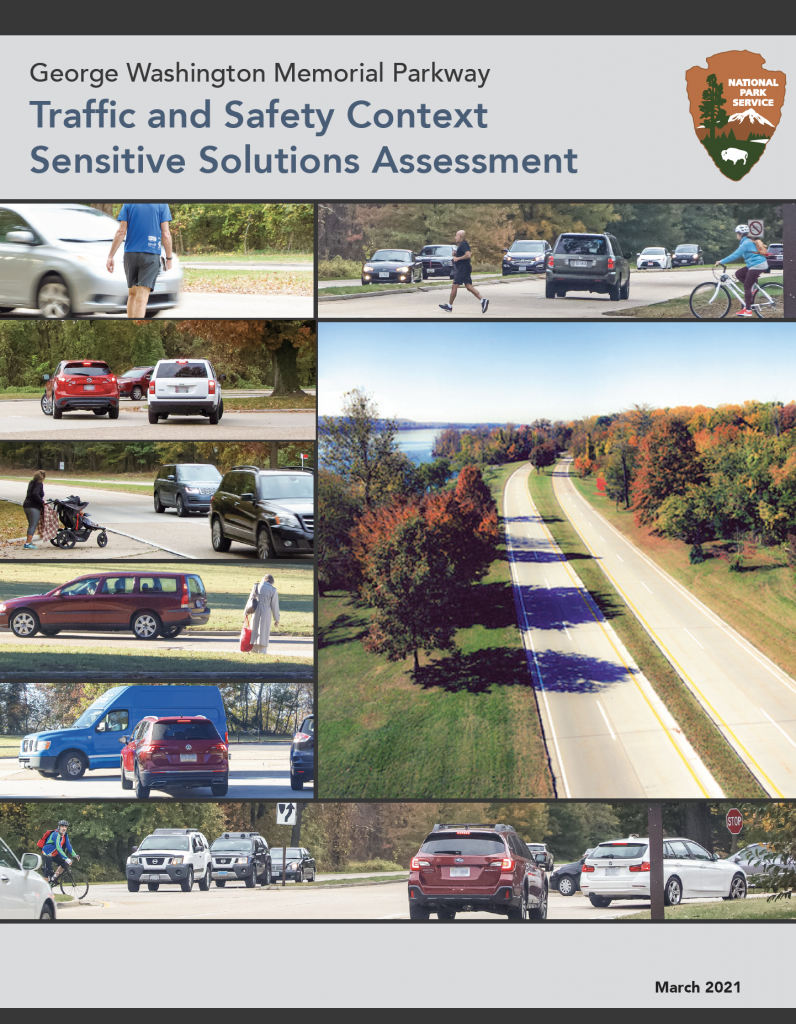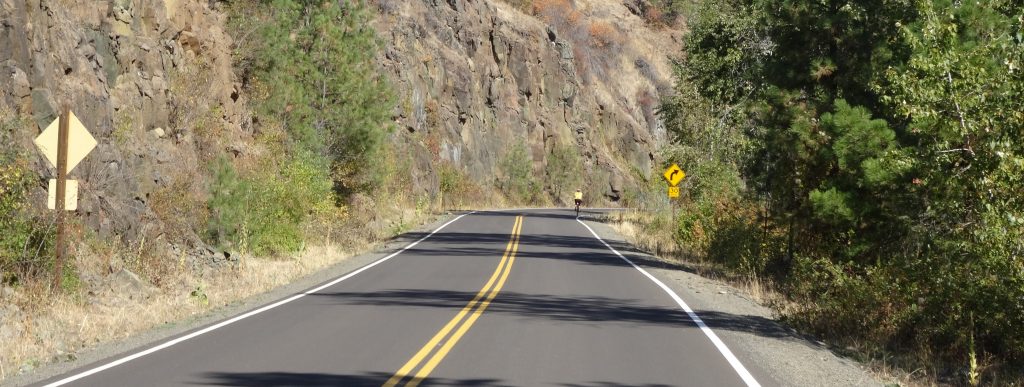BREAKING NEWS: Animals Gather Amid World-Wide Roadway Protests
Collective Calls for Humans to “Share the Road” By Mike Price Field Correspondent In a shocking turn of events, animals worldwide have taken to roadways, creating massive blockades and bringing traffic to a standstill. It appears that the tragic death toll caused by animal-vehicle collisions (AVCs) has pushed many species to their limit of tolerance. The range […]
NPS Plans Safety Improvements Based on WTI Study

Along a historic parkway in Virginia, the National Park Service (NPS) will soon begin improvements to enhance safety for drivers, pedestrians, and cyclists. In a recent news release, the NPS announced planned safety measures for the George Washington Memorial Parkway, which runs along the Potomac River near George Washington’s Mount Vernon Estate. The Parkway serves […]
Developing Scenic Bikeways in Rural Areas: New Resource Available

Could a scenic bikeway attract more bicycle tourists to the parks, historic sites and other attractions in your area? Is your agency responsible for operating and maintaining a rural road where a bikeway is proposed? A new resource is now available that can help agencies that oversee rural roads develop safe routes that enhance bicycle […]
On the Road to Safety – Engaging Partners at National Events
Improving safety on rural roadways is a multi-faceted challenge – to make progress, it helps to collaborate with many partners. WTI’s Jaime Sullivan, who is also the Manager of the National Center for Rural Road Safety, has been on the road in recent weeks meeting with key safety partners at national meetings and conferences. At […]
New Project: Safety Improvements for Low-Volume Roads in Montana
Highway agencies systemically screen the road network to identify those sites that are expected to yield the greatest safety benefits from an investment of available improvement funds. Traditional methods for identifying candidate locations tend to focus on well-travelled roadways that experience higher crash frequencies, despite the fact that many low-volume roads may have high levels […]
New Webinar Announced for May – Marketing Safety
The National Center for Rural Road Safety will host a free webinar on “Marketing Safety” on Thursday April 25 at 11 a.m. (Mountain Time). This webinar will provide practical methods of effective communication with stakeholders, leadership, and the public, including five techniques for better communication and marketing, how to write engaging “teaser” messages, and how […]
